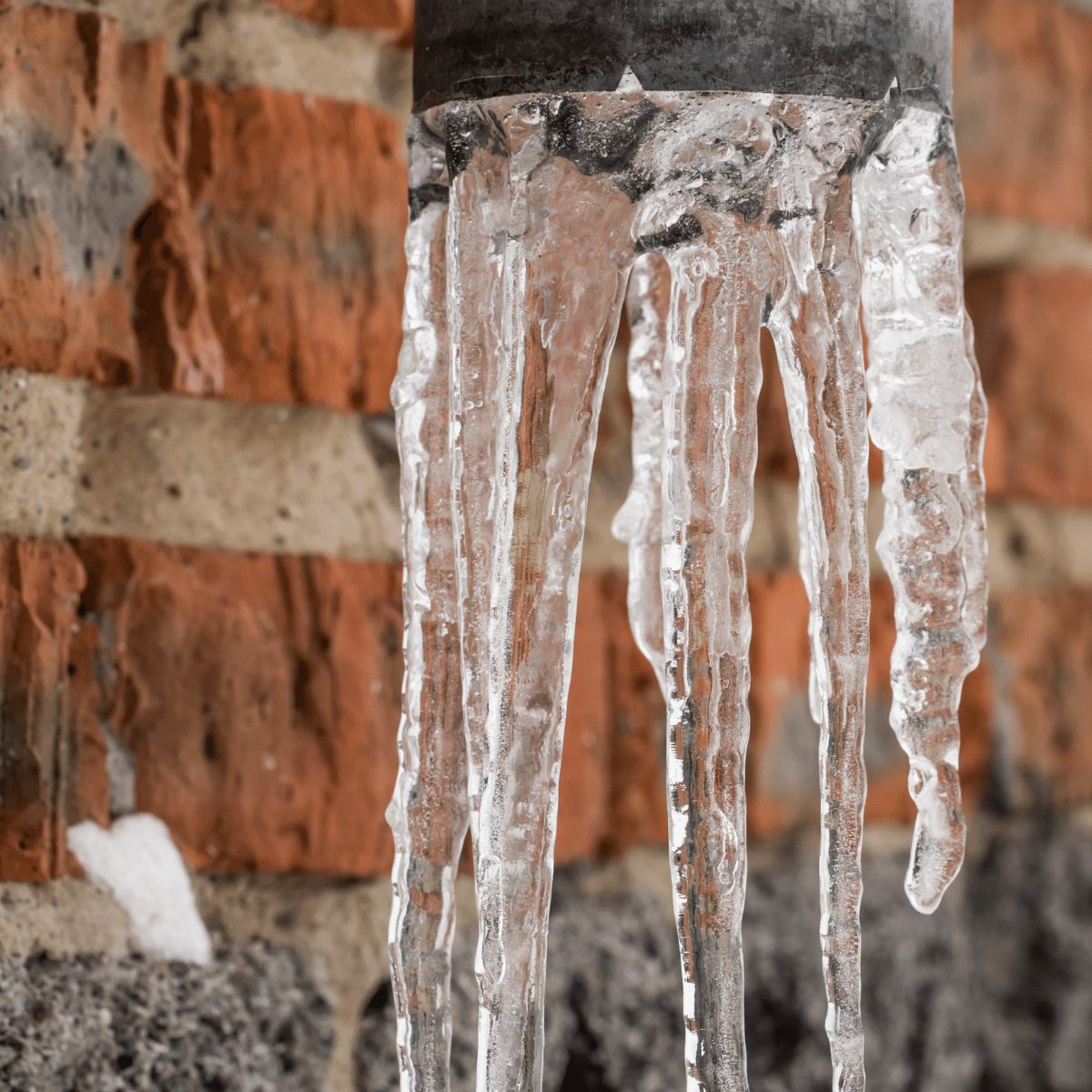Avoiding Frozen Plumbing in Cold Weather: Critical Strategies
Avoiding Frozen Plumbing in Cold Weather: Critical Strategies
Blog Article
Just how do you feel in regards to How To Avoid Freezing Pipes?

Winter can damage your plumbing, specifically by freezing pipelines. Here's how to prevent it from happening and what to do if it does.
Introduction
As temperatures decline, the risk of frozen pipelines rises, possibly causing expensive repair services and water damage. Understanding how to avoid frozen pipelines is crucial for property owners in cool environments.
Understanding Frozen Pipelines
What causes pipes to ice up?
Pipes freeze when revealed to temperatures below 32 ° F (0 ° C) for prolonged periods. As water inside the pipes ices up, it broadens, taxing the pipe walls and potentially creating them to burst.
Dangers and damages
Frozen pipes can lead to water supply disruptions, property damages, and pricey repair work. Burst pipelines can flood homes and cause considerable structural damages.
Signs of Frozen Water Lines
Identifying frozen pipelines early can avoid them from bursting.
Just how to recognize frozen pipes
Seek lowered water circulation from faucets, unusual odors or noises from pipes, and noticeable frost on revealed pipes.
Prevention Tips
Protecting prone pipelines
Cover pipes in insulation sleeves or make use of warmth tape to shield them from freezing temperature levels. Concentrate on pipelines in unheated or outside locations of the home.
Home heating techniques
Keep indoor areas appropriately warmed, specifically areas with pipes. Open up cupboard doors to permit warm air to circulate around pipes under sinks.
Protecting Exterior Pipes
Yard hoses and exterior taps
Disconnect and drain yard pipes before winter. Set up frost-proof spigots or cover outdoor taps with protected caps.
What to Do If Your Pipes Freeze
Immediate actions to take
If you suspect icy pipelines, keep faucets available to soothe pressure as the ice melts. Use a hairdryer or towels taken in hot water to thaw pipelines slowly.
Long-Term Solutions
Structural changes
Consider rerouting pipes away from outside wall surfaces or unheated areas. Add added insulation to attic rooms, basements, and crawl spaces.
Upgrading insulation
Buy high-quality insulation for pipes, attic rooms, and wall surfaces. Proper insulation assists maintain constant temperature levels and reduces the threat of icy pipelines.
Conclusion
Avoiding frozen pipes calls for proactive procedures and fast responses. By understanding the causes, indications, and safety nets, house owners can safeguard their pipes throughout winter.
5 Ways to Prevent Frozen Pipes
Drain Outdoor Faucets and Disconnect Hoses
First, close the shut-off valve that controls the flow of water in the pipe to your outdoor faucet. Then, head outside to disconnect and drain your hose and open the outdoor faucet to allow the water to completely drain out of the line. Turn off the faucet when done. Finally, head back to the shut-off valve and drain the remaining water inside the pipe into a bucket or container. Additionally, if you have a home irrigation system, you should consider hiring an expert to clear the system of water each year.
Insulate Pipes
One of the best and most cost-effective methods for preventing frozen water pipes is to wrap your pipes with insulation. This is especially important for areas in your home that aren’t exposed to heat, such as an attic. We suggest using foam sleeves, which can typically be found at your local hardware store.
Keep Heat Running at 65
Your pipes are located inside your walls, and the temperature there is much colder than the rest of the house. To prevent your pipes from freezing, The Insurance Information Institute suggests that you keep your home heated to at least 65 degrees, even when traveling. You may want to invest in smart devices that can keep an eye on the temperature in your home while you’re away.
Leave Water Dripping
Moving water — even a small trickle — can prevent ice from forming inside your pipes. When freezing temps are imminent, start a drip of water from all faucets that serve exposed pipes. Leaving a few faucets running will also help relieve pressure inside the pipes and help prevent a rupture if the water inside freezes.
Open Cupboard Doors
Warm your kitchen and bathroom pipes by opening cupboards and vanities. You should also leave your interior doors ajar to help warm air circulate evenly throughout your home.

I have been very curious about Prevent Frozen Pipes and I am hoping you enjoyed reading my blog posting. Sharing is nice. You just don't know, you may just be doing someone a favor. Thank you so much for your time spent reading it.
Book Today Report this page